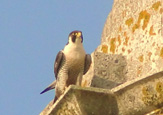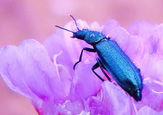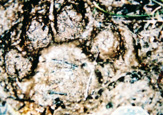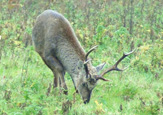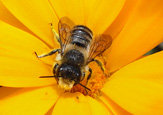
These first two photographs are news paper clippings and stories about the legendry animal in the past. |

These first two photographs are news paper clippings and stories about the legendry animal in the past. |

There is evidence found in the near past by other researchers, such as these footprints. |

There is evidence found in the near past by other researchers, such as these footprints. |

Me off into the jungle to help search for Mande Burong. |

We stayed at a small village called Siju, a jungle site on the bank of the Simsang river. The area is a wildlife reserve especially to protect lakes where wintering wildfowl migrate. There were wild jungle fowl and footprints of sloth bear, barking deer and monkey droppings. Mounds of wild elephant pooh adorned with fungi, and all kinds of invertebrates. This site is where a man eating tiger used to wait in ambush. The limestone rock formations were amazing and very fossiliferous. |

Typical scenes of us interviewing witnesses. |

Typical scenes of us interviewing witnesses. |

Typical scenes of us interviewing witnesses. |

While inside a witnesses house I looked around at the hunting trophy’s that many houses have, and noticed some strange deer antlers. They looked like hog deer or sambar but with long pedicles. |

While inside a witnesses house I looked around at the hunting trophy’s that many houses have, and noticed some strange deer antlers. They looked like hog deer or sambar but with long pedicles. |

A pelt of a red panda hunted by a man. |

Another witness. |

We were off into the bamboo forest towards the stream where a Mande burong had been sighted. |

This is the site. |

The spot where the Mande Burong had been sighted by another independent witness and where we also found the footprints. |

The film crew and us, search for leads after finding our first possible footprint. |

Our first footprint. Dave, one of our team first came across it. We spent a lot of time here analysing what it could have been, not jumping to conclusions, but taking everything into account. We concluded that it was a genuine footprint of the Mande Burong. |

Another possible footprint found by myself. |

This is one of the freshwater crabs believed by us to have been eaten by the Mande Burong. I can just imagine the beast grabbing it and placing it into its mouth, and sucking the juices out before throwing onto the sandy river bank. |

Dipu our guide had found hairs he believed to be from the animal. |

Whilst we were in the amazing cave at Siju, with fruit bats and cave crickets around us, a bone was found by one of our guides, it looked like a rib of a large and massive animal. We took it and with the other data, we collected it in the hope that DNA could be extracted, and the species of animal revealed. |

An old rib collected from one of our guides was also interesting and pieces were taken back for analysis. |

Me at Balpakram, the sacred site. This is a wildlife reserve and believed to be the dwelling place of the dead, by the Garo people. It is steeped in myth and legend, a huge valley twenty kilometres long largely unexplored and full of wildlife. Many of my insect photographs are from here. |

A group photo of us all. Richard Freeman, Adam Davies, Dave Archer, me and Chris Clark. |

This is the plateau on Balpakram and this particular site had a strange significance in relation to food and offerings. Richard, Chris and Rufus (another of our guides) muster of the idea. |

